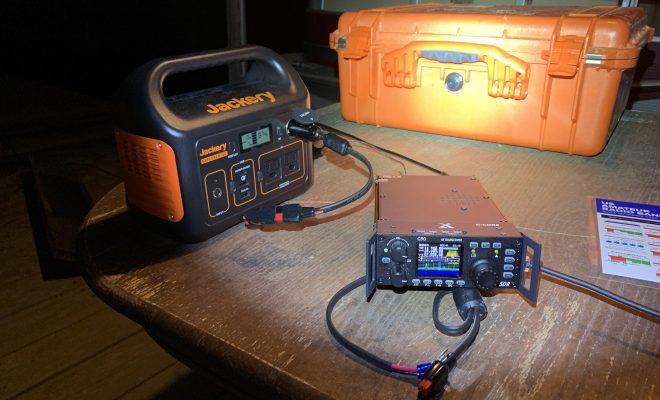How to Probate a Will

Probating a will is the legal process of validating the deceased individual’s will and distributing their assets according to the instructions laid out in the document. It can be a complicated process that may take several months or even years to complete. This step-by-step guide will illuminate the nuances of probating a will and help you navigate through this complex journey.
Step 1: Locate the Will
The first step in probating a will is locating the original document. It may be stored in a safe deposit box, with an attorney, or even at the deceased individual’s home. Ensure that you have the original will, as copies are generally not accepted by the court.
Step 2: File a Petition with the Probate Court
Next, you’ll need to file a petition with your local probate court to initiate the process. You can either hire an attorney to represent you or file pro se (representing yourself). The necessary forms and requirements vary by jurisdiction, so it’s crucial to research your state’s specific guidelines.
Step 3: Notify Relevant Parties
Upon filing with the court, it is essential to notify all relevant parties, including beneficiaries and creditors, of the proceedings. This allows them an opportunity to participate in hearings or submit claims for debts against the estate.
Step 4: Appoint an Executor or Administrator
The court appoints an executor (if named in the will) or an administrator (if no executor is named) to oversee the process of distributing assets and addressing outstanding debts. This person should be reliable, organized, and possess good communication skills.
Step 5: Inventory Assets and Property
The executor or administrator must create a comprehensive inventory of all estate assets, both physical and financial. This might include real estate properties, bank accounts, investments, cars, personal belongings, etc.
Step 6: Pay Debts and Expenses
Before distributing assets to beneficiaries, address any outstanding debts or expenses related to the estate. This might involve settling mortgage payments, funeral costs, and any remaining balances on credit cards or loans.
Step 7: File Taxes
Typically, an estate tax return must be filed no later than nine months after the deceased’s death date. Consult a tax professional to determine the correct forms and documentation necessary for your specific situation.
Step 8: Distribute Assets
Once all debts and taxes are resolved, distribute the remaining assets to beneficiaries according to the will’s instructions. This may involve transferring titles of properties, closing bank accounts, or liquidating financial investments.
Step 9: Close the Estate
Lastly, prepare a final accounting summarizing all financial transactions conducted by the estate during the probate process. Once approved by the court and distributed among interested parties, you can officially close the estate.
In summary, probating a will can be a time-consuming and challenging endeavor. However, staying organized and following these steps can help make the process more manageable. If you feel overwhelmed or uncertain about any aspect of probate proceedings, consult an experienced attorney for guidance and support.






